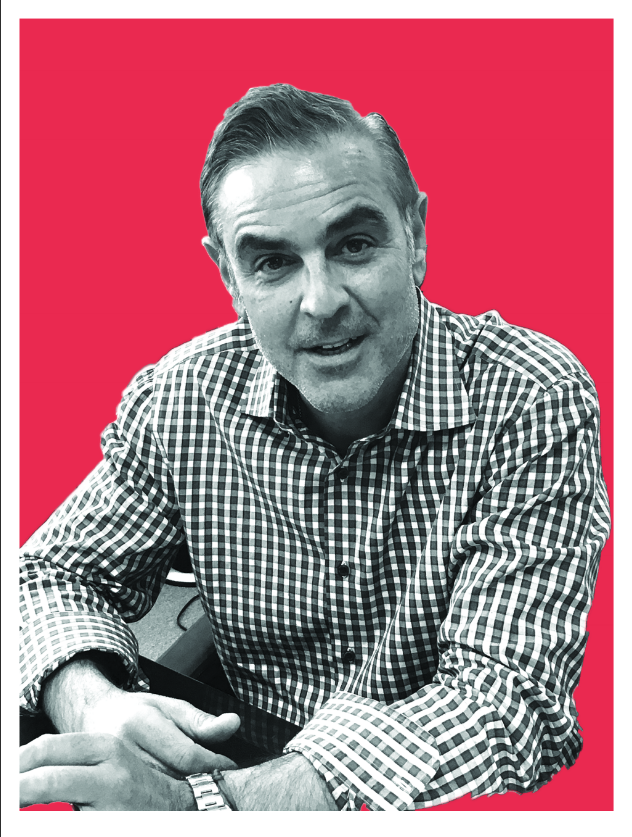Trending
(Guided) flight to the suburbs: Q&A, Part III

From the August issue: Summer is traditionally moving time. For many New Yorkers, particularly families, that means leaving the city entirely. Nationwide, people aged 30 to 44 are moving to the suburbs at a faster clip than in the 1990s, according to the data analysis website FiveThirtyEight. And the New York Times recently reported that bidding wars were taking place across Westchester, northern New Jersey, parts of Long Island and lower Fairfield County, Connecticut, mostly in the under $2 million market. Unlike previous decades, the reasons to leave the city are no longer crime and blight. Instead, brokers say that many are so-called “reluctant defectors” who have been priced out of the city. NYC-based brokers are now providing seminars that give buyers a lay of the land — as well as a little hand-holding.
For the third and final web installment, we turn to Joe Forgione of JMF Properties and Paxton Kinol of Belpointe.

Joe Forrgione
Joe Forgione
Founder and principal, JMF Properties
Traditionally, price and space have been the determining reasons for those opting to flee the city for the suburbs. As a developer in New Jersey, what other factors do you see coming into play these days?
From an economic standpoint, there’s no question that as New York City continues to become increasingly less affordable, residents are looking for other viable alternatives that appeal to their urban sensibilities. That starts with the outer boroughs, but has more and more extended further out to areas that are still geographically convenient and offer a blend of urban and suburban living. For others, it’s not so much economics as it is their stage in life: couples with young children or about to start a family, who require more living space and desire some of the family aspects of a suburban location.
In Sleepy Hollow [a project in Plainfield, New Jersey], we took a lot of time to study the demographics and decided on larger units with garages and [on making it] “over-amenitized.” We are situated between two train stations that have been recently designated as One Seat [where you don’t have to change trains] and near every major highway and great downtown shopping.
Who are the most active NYC buyers in the suburbs these days? What are they looking for?
Brooklynites seem to be on the move the most, as prices continue to escalate. For some, Jersey City may fit the bill for a similar lifestyle at a significant discount, but others are giving more suburban locations in Westchester County or New Jersey a sincere look.
When buyers and renters consider what town they want to relocate to, all have the same issues: access to the train and downtown shopping. They will not move to a town that requires them to have a second car to survive.
There’s been a movement toward urbanizing downtowns in the suburbs with more mixed-use developments. What kinds of projects are you spearheading and how are those projects selling or leasing up?
We’re currently marketing a community in Denville, New Jersey called Estling Village that features 100 townhome-style rental residences within walking distance of a vibrant downtown setting and train station with direct service to Manhattan. We designed spacious townhome-style residences with private entrances and attached or detached garages, and included a full suite of amenities that encourages resident interaction and enjoyment of their surroundings, including an onsite Zagster bike share program. We officially launched leasing in April and are more than 75 percent leased.
In Maplewood, which is more commonly recognized as an urban setting, we’ve just begun work on replacing a former village post office with a new boutique three-story building that will feature 20 modern rental residences, hotel-inspired amenities and supportive street-level retail. Called Clarus, the new property will include one- and two-bedroom residences as large as 1,200 square feet with high-end finishes. Beneath the building, a private 21-car parking garage will include an electric car charger and bike share program.

Paxton Kinol
Paxton Kinol
Real estate group managing director, Belpointe
Your project Waypointe is a mixed-used development in downtown Norwalk. Who are your tenants and where are they coming from?
Historically, one-third of our apartments contain a resident who commutes to New York City. Studying the first 400 apartments leased in Waypointe, we found no concentration of any one employer except Bridgewater Associates from Westport, Connecticut. The number one industry employing our residents is healthcare, with financial services a close second. You see a lot of people wearing scrubs going in and out of our buildings.
Every NYC investment bank is represented by five to seven residents in our buildings. But in Norwalk, we have a lot of headquarters. Priceline.com is headquartered here. Kayak was founded here. There are a lot of tech jobs. Our reliance on New York is a lot less than you would expect.
How are luxury properties in Connecticut performing?
Right now, the single-family housing market in Connecticut is not very good compared to the prices people paid 10 years ago. People are having trouble selling houses. Last I heard, New Canaan had 375 homes for sale on the market. That’s an unheard of number for a town like that with amazing schools.
How big an issue is NIMBYism in your market?
Zoning has always been a major challenge in the suburbs. My friend calls it “CAVE: citizens against virtually everything.” But I’m observing a change in attitude. The people who used to oppose developments like the ones we’re building are at an age when they want to sell their houses and move into an apartment building to have access to the conveniences. Towns that would never have conceived of having multifamily housing, where you would have to battle in court and sue the town to get building projects approved, are now approving apartment buildings on their own.
What are the biggest challenges to leasing units to NYC buyers in suburbia?
Residents have to answer the questions: Where do I fit in? Do I live in Connecticut? Do I live in Westchester County? Or do I live in North Jersey? It’s a personality thing. A where-did-I-grow-up thing. Westchester is more urban, more New York-centric. Fairfield County is more buttoned up, more conservative, it’s the Vineyard Vines-wearing group. Look at Fairfield County Look magazine versus Westchester Magazine, at the difference in the style and the advertising.




